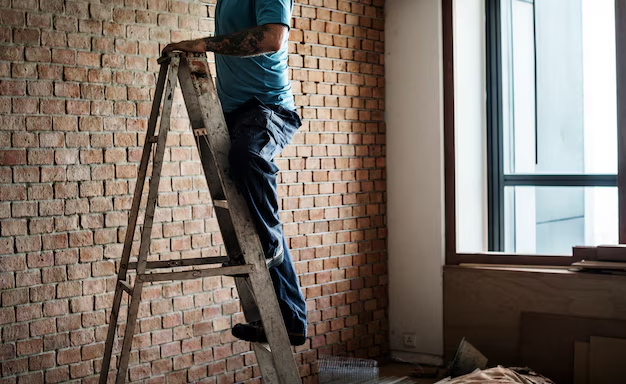Get Your Home Ready for Major Renovations: A Step-by-Step Guide
Planning a major renovation can be both exciting and daunting. Whether you're adding an extension or updating your kitchen, proper preparation is key to ensuring the process goes smoothly. Here’s how you can prepare your home for a major renovation, along with insightful tips on available financial aid and resources to support your journey.
Understand the Scope of Your Renovation
Before anything else, clearly define the scope of your renovation. Knowing exactly what projects will be undertaken helps you:
- Set a realistic budget.
- Draft a feasible timeline.
- Communicate effectively with contractors.
Creating a detailed plan will prevent unexpected surprises and make the process more efficient.
Declutter and Protect Your Space
Clearing out the renovation area is crucial. Protect your belongings by:
- Removing or covering furniture and personal items in the construction zone.
- Using plastic tarps or drop cloths to safeguard floors and pathways.
Label boxes for easy identification when relocating items. This ensures nothing gets lost or damaged during construction.
Set Up a Temporary Living Area
A large-scale renovation can disrupt daily life. Prepare by:
- Designating a living space that functions as a temporary kitchen, bathroom, or workspace.
- Ensuring you have access to essentials like water, food storage, and your workstation during the project.
Planning this in advance minimizes the inconvenience to your family.
Communicate with Your Contractor
Effective communication with your contractor is essential. Have regular check-ins to:
- Review progress against the timeline.
- Discuss any adjustments needed.
A reputable contractor will keep you informed, making the process less stressful.
Budget Considerations
When planning your renovation budget, account for:
- Contingency funds: Allocate 10-20% of your budget for unexpected expenses.
- Initial costs for permits and approvals.
Exploring financial assistance can relieve some monetary pressure, allowing you to achieve your home improvement dreams without breaking the bank.
Financing Your Renovation
With substantial renovation costs, exploring financial assistance and solutions can be invaluable. Consider these options:
- Home Equity Loans: Access the equity in your home to fund renovations at a lower interest rate.
- Personal Loans: Flexible and quicker to obtain but often come with higher interest rates.
- Government aid programs: Some local or federal programs offer grants or low-interest loans for specific improvements like energy efficiency.
Additional Resources
Ensuring you have the budget in place is crucial, but several resources can offer relief and support. Here are options that might align with your financial situation:
- 🏡 Home Renovation Tax Credits: Some regions offer tax incentives for improvements, especially those related to energy efficiency or accessibility.
- 📈 Low-Interest Credit Cards: These can be useful for smaller projects, provided you can pay off the balance promptly to avoid high interest.
- 🎓 Educational Grants or Workshops: Some community programs offer workshops or grants for learning home improvement skills, saving labor costs.
Proper preparation not only streamlines the renovation process but can also significantly reduce stress levels. With the right planning, communication, and financial aid exploration, you'll be well on your way to transforming your house into the home of your dreams.
